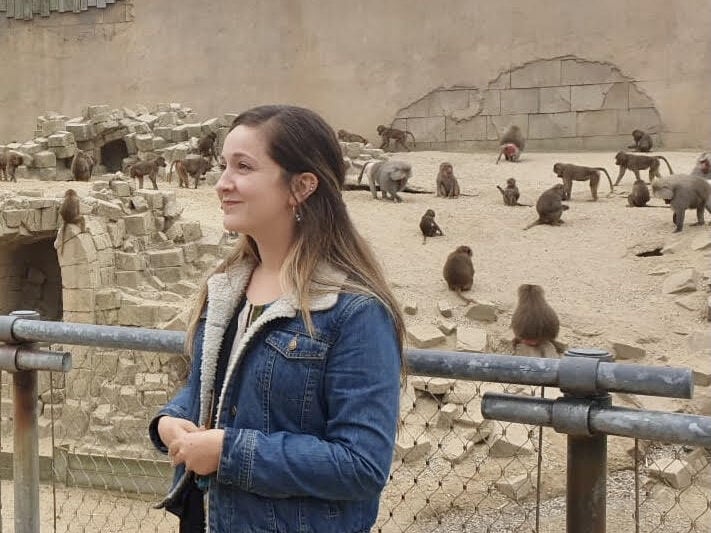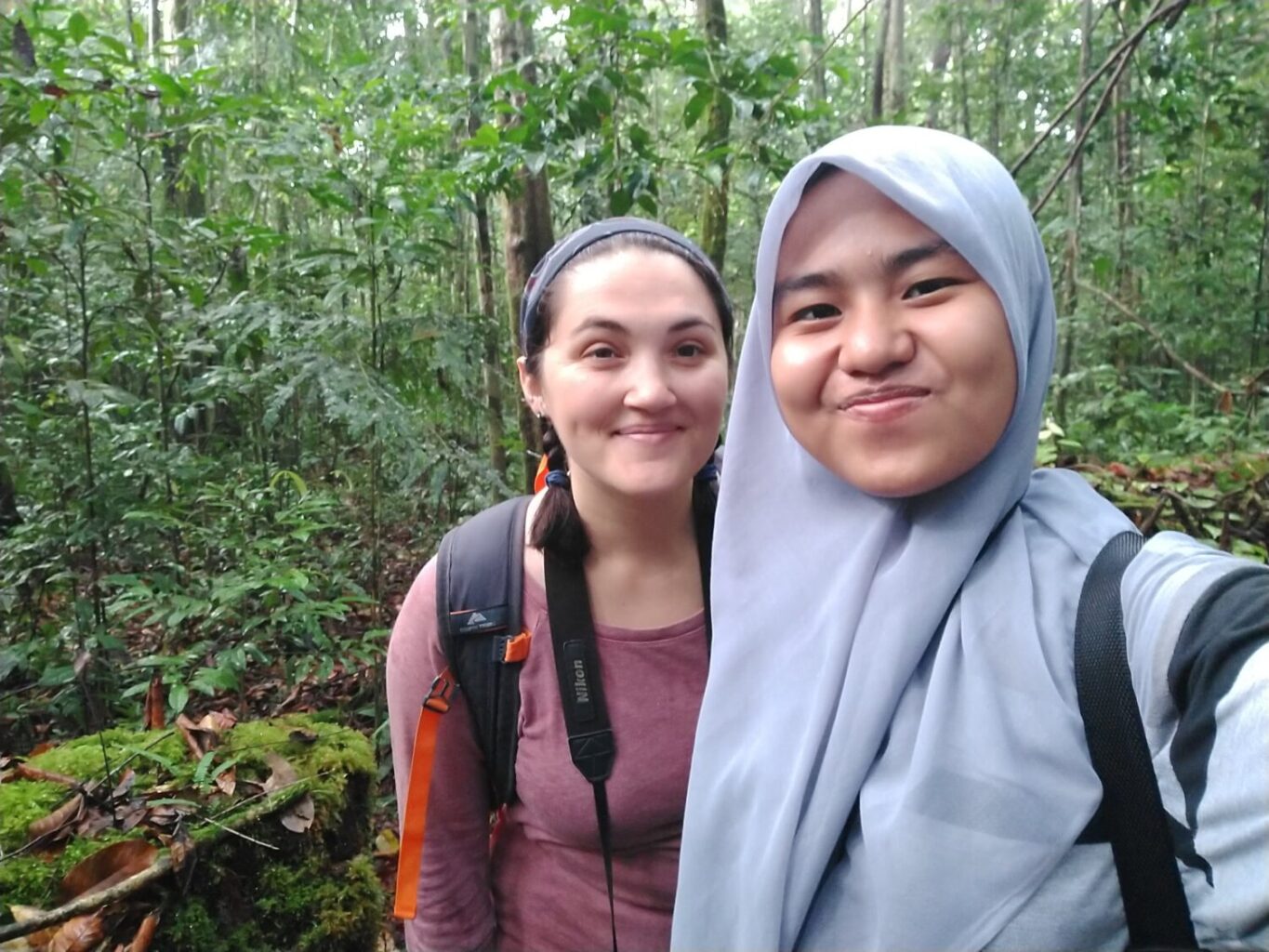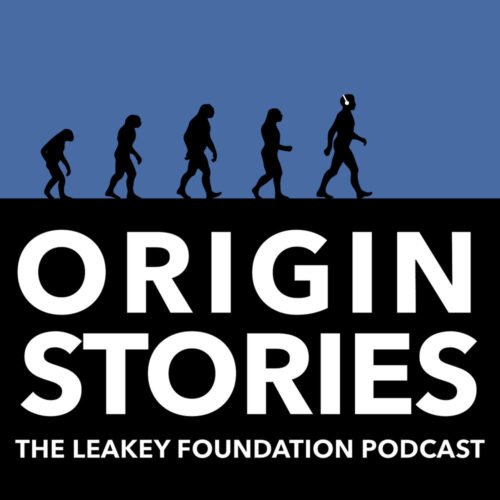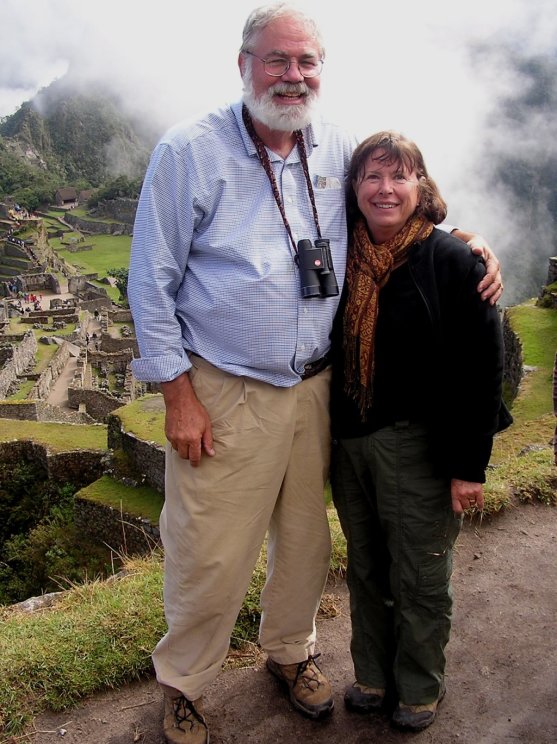Grants | The Leakey Foundation
The Leakey Foundation held its fall 2020 granting session on December 5, 2020. Our board of trustees unanimously approved 31 research grant proposals for funding.
Here are some numbers from our fall 2020 granting cycle:
There were 101 applications for research grants.
Of the grants that were in purview, 42% were behavioral applications. 58% were paleoanthropology applications.
Congratulations to the fall 2020 Leakey Foundation grantees. We look forward to sharing news and information about them and their research!
Behavioral Research

Katherine Amato, Northwestern University: The effect of plant antimicrobial properties on primate food choice

Jordan Anderson, Duke University: Evolutionary genetics of the immune response in wild baboons

Megan Cole,University of New Mexico: Are there multiple paths to social influence in wild chimpanzees?

Ghislain Wilfried Ebang Ella, Institut de Recherche en Ecologie Tropicale: A systematic exploration of tool-use in Moukalaba-Doudou chimpanzees, Gabon

Irene Esteban, University of the Witwatersrand: Firewood investigation of plant-remains: Coupling ethnography with experimental archaeology to disentangle aspects of South African prehistory

Katarina Evans, CUNY Graduate Center: Evolution of the coercive pair bond in hamadryas baboons

Amanda Fuchs, University of Massachusetts, Amherst: The effects of food and water on kinda baboon movement ecology and gut microbiome diversity

Ingrid Holzmann, Instituto de Bio y Geociencias del NOA: Are black-and-gold howler monkeys “dear enemies”?

Erin Kane, Boston University: Extended lactation in an unpredictable environment: Bornean orangutans’ double burden

Justin Ledogar, Duke University: Food mechanical properties and feeding biomechanics in sympatric pitheciines from Brownsberg Nature Park, Suriname

Melissa Painter, University of Michigan: Extra-group social knowledge in captive and wild capuchins

Sebastián Ramírez Amaya, Arizona State University: Male-female social relationships in chimpanzees and the evolution of pair-bonding in humans

Amanda Rowe, Stony Brook University: Arthropod consumption and its role in coexistence of Malagasy lemurs

Aaron Sandel, University of Texas at Austin: The evolution of the adolescent growth spurt: Bone turnover in wild chimpanzees
Paleoanthropology

Stephen Chester, Brooklyn College, City University of New York: Quantifying the taxonomic and dietary diversification of the first primates

Amy Clark, Harvard University: The contribution of Northwest Africa to the cultural origins of modern humans: Archaeological excavations at Jorf el Hamam, southwest Morocco

Jennifer Frost, Queen Mary University of London: The role of endogenous retroviruses in the development of the primate placenta

Giulia Gallo, University of California at Davis: Neanderthal fire technology: A zooarchaeological perspective

Richard Kay, Duke University: Hominin dental topography in 4D: A novel assessment of diet

Job Kibii, National Museums of Kenya: Exploration, excavation and dating of hominin-bearing limestone caves, Kenya

Klara Komza, University of Toronto: Evolutionary processes shaping hominin midfoot diversification

Li Li, University of Tübingen: An experimental approach to reconstruct the “invisible” knapping variables from the Oldowan record

Tesla Monson, Western Washington University: Evolution of the primate cranium: Craniofacial modularity in extant colobines

James Munene, University of Michigan: The ecological context of modern human evolution in Central Rift Valley, Kenya during the Late Quaternary

Samuel Muteti, University of Minnesota: The emergence of crown hominoids in the middle Miocene of western Kenya.

Elizabeth Niespolo, California Institute of Technology: Development of novel 230Th/U burial dating of Australian megafaunal avian eggshells

Andrea Picin, Max Planck Institute for Evolutionary Anthropology: Investigating the Middle to Upper Paleolithic in Poland: New fieldworks at Mamutowa Cave and Kraków-Zwierzyniec

Sofia Samper Carro, Australian National University: Investigating Neanderthal lifestyle during the MIS4 in the southeastern Pre-Pyrenees

Sileshi Semaw, Centro Nacional de Investigación sobre la Evolución Humana (CENIEH): Continued investigation of the Middle Stone Age and Later Stone Age at Gona, Afar, Ethiopia: New sites <75 – 6 ka

Lucy Timbrell, University of Liverpool: Movement, interaction and structure: modelling population networks and diversity in the African Middle Stone Age

Kayla Worthey, University of Arizona: Environmental context of early ornament use during the Moroccan MSA


